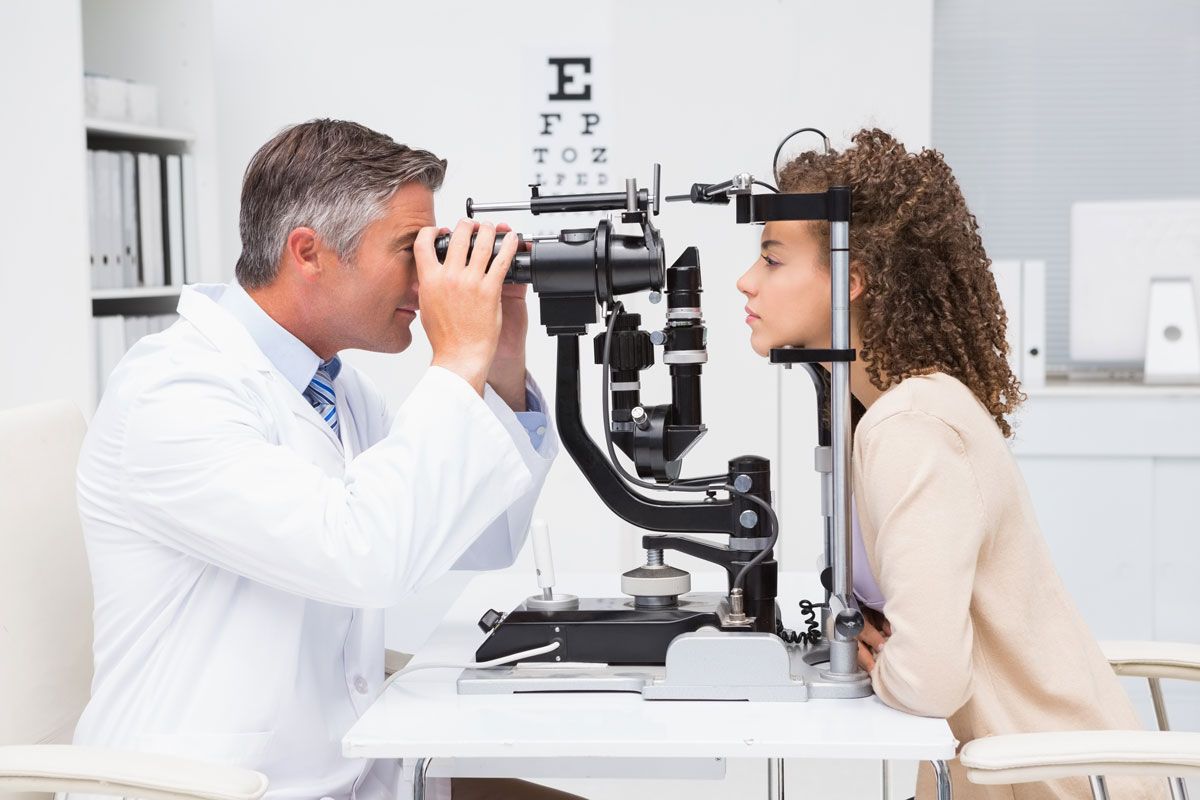CHIROPRACTIC AND HEALTHY JOINTS
Human joints come in many shapes and sizes and allow us to move and carry out normal activities of daily living. Joint health is imperative. Without joints, we would be rigid and immobile. But they are also often injured, causing pain and discomfort. Almost 80% of injury-related healthcare visits (that’s about 65.8 million visits per year) are the result of musculoskeletal injuries involving bones, joints and muscles. Commonly injured joints include the knees, shoulders, ankles and spine.
How do joints work?
Joints are designed to withstand the loads placed on them and provide a full range of motion. Each joint is made up of at least two surfaces that touch each other and allow for movement. These include ball-and-socket joints like the hip, hinge joints like the knee and elbow, and gliding joints like those in the spine.
The bones that make up the joint allow for movement, and the muscles that pull the bones produce the movement. Muscles are attached to bones by structures called tendons. Tendons must be both strong to facilitate movement and compliant to prevent damage to the muscle tissues. Ligaments, which are stiff structures that connect bones, help to prevent excessive movement.
Muscles, tendons and ligaments are attached around each joint at very specific positions, with joint surfaces shaped in exact dimensions. Fluid within most of the joints lubricates the joint surfaces to reduce friction and allow for lifelong use.
How do I keep joints in good shape?
The movements that you perform on a daily basis are critical to long-term joint health, as are proper nutrition, a healthy exercise regimen and a healthy lifestyle. Proper lifting is also important.
Moving a joint through its full range of motion serves several important purposes. Joints are not supplied directly with blood as are other organs within the body, so the saying “Use it or lose it” applies to joint function.
Most joints in the body are lined with cartilage—a firm but pliable tissue that covers the surfaces of the bones that make up the joint. Cartilage within a joint is nourished by synovial fluid, which is “forced” into the joint cartilage through a process called imbibition.
The pressure within the joint providing nourishment to the cartilage occurs only when joint movement happens. This is why movement is critical to joint health. Grinding of bone on bone without a cartilage covering leads to degenerative joint disease, tearing up the bones and creating cysts, bone spurs and excess bone production.
A spinal disc is made up of two parts: a larger, outer-most, more ligament-like portion, and an inner jelly-like portion. These two structures are primarily fluid- or water-based, and they also rely on movement for their nourishment. Therefore, movement in the spine is also critical to the health of the spinal joints.
Proper diet and nutrition also contribute to joint health by providing the joints with enough healthy nutrients for long-term stability and resistance to wear and tear. A healthy lifestyle – one that is free from tobacco products and other toxins – helps to ensure proper blood supply to tissues surrounding joints and speeds up the healing of joint injuries when they occur.
How are joints injured?
Most of the injuries to joints occur because abnormal stresses are placed on a normal joint. A joint can be injured acutely from a single traumatic event, like an ankle sprain. The ankle joint is protected by ligaments on the inside and outside. When the ankle moves excessively inward, the ligaments on the outside of the joint are torn. The ankle swells, leading to bruising and pain. In some cases, small pieces of bone and cartilage may be torn away. Fracture of the tibia and/or fibula (ankle bones) can also occur.
Other joint injuries are called repetitive-stress injuries or cumulative-trauma disorders. These injuries occur when relatively small abnormal stresses are repeatedly placed on normal joints. The stresses placed on joints by poor posture, poor joint position during the performance of a task, and/or poor workstation ergonomics make these joints more likely to be injured.
How can I prevent joint injuries?
There are three basic principles that are especially important when considering the impact of proper joint movement:
• When lifting an object, be sure that the largest muscles in the area perform the task. The larger the muscle or muscle group utilized for lifting, the less stress placed on smaller, more vulnerable muscles and the joint itself.
• During any activities, you should be able to comfortably assume several different postures, to avoid staying in one posture for extended periods. Muscles will fatigue and joints are more likely to be injured when you hold a particular posture, especially a poor one, such as staying partially bent forward at the waist.
• When performing tasks, keep the joints that are being used either in their neutral posture or approximately halfway into their range of motion. Working with your joints at the extremes of their ranges of motion for prolonged periods places abnormal stress on those joints and can result in repetitive-stress injuries.
When lifting heavy objects, follow these simple suggestions:
• When lifting anything from the floor, keep the spine straight and lift with the legs.
• Do not bend over at the waist and lift primarily with the muscles of the low back. Your body is more easily injured in this position.
• Keep the object being lifted close to your body.
• Keep your elbows flexed.
• Keep your head up and your neck straight as you lift.
If you experience pain, consult your doctor of chiropractic. Chiropractors are uniquely trained to treat common musculoskeletal conditions, including low back pain, neck pain and joint pain. They can also help you choose proper rehabilitation exercises and prevention techniques to get you back on your feet and reduce the likelihood of future injuries.











